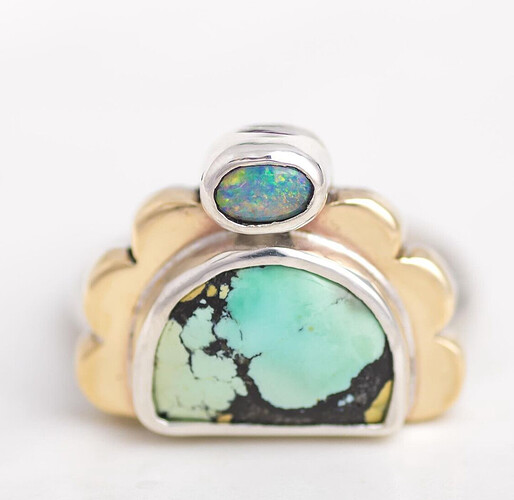If I was to pick two tools that have transformed how I work and sped things up more than others. One would be a jewelry-based microscope. The other would be a precision micro welder.
The microscope has improved my accuracy immeasurably. I do as much as I can under the scope. Much more than just stone setting and engraving. I file, polish, carve waxes, some times I even solder under the scope. Plus it improves my posture, because I have to sit up straight.
With the welder about 10 years ago or so I had a solo jewelry exhibition in a local jewelry store coming up and not a lot of time to make everything. I was able to borrow a PUK 4 for a couple of weeks to see how it could help. By the end of that two weeks I decided that I had to do whatever it took to get one.
I learned that the micro welder, didn’t replace my torch, but it made fabrication go immeasurably faster. First, I pretty much eliminated third hands and tweezers. I could hold parts together with my fingers, spot weld them into position and then solder afterwards.
If I wanted to solder a bail on for instance, I’d spot weld it in one spot, which became a pivot point so I could adjust the bail into perfect positioning before soldering.
With oddly shaped cabochons, I could form the bezel around the stone. Keep the stone in place and tack the bezel onto the base plate before soldering. Then pull the stone out and solder the bezel perfectly without any distortion.
I came to the conclusion that I couldn’t live without this technology. Most jewelry tool companies have zero interest, 90 days same as cash for existing customers. I put 25% down on a PUK 4 and spread the rest over the next three months. After 4 painful months, I owned it.
Those are two technologies that have greatly improved my speed and accuracy.
There’s lots more out there. Ultimately, buying new (and maybe expensive) technology becomes a business decision where you have to weigh pros and cons.
I don’t know if that helps, but looking at your work, they are things that helped me.
Cheers!
Jeff
